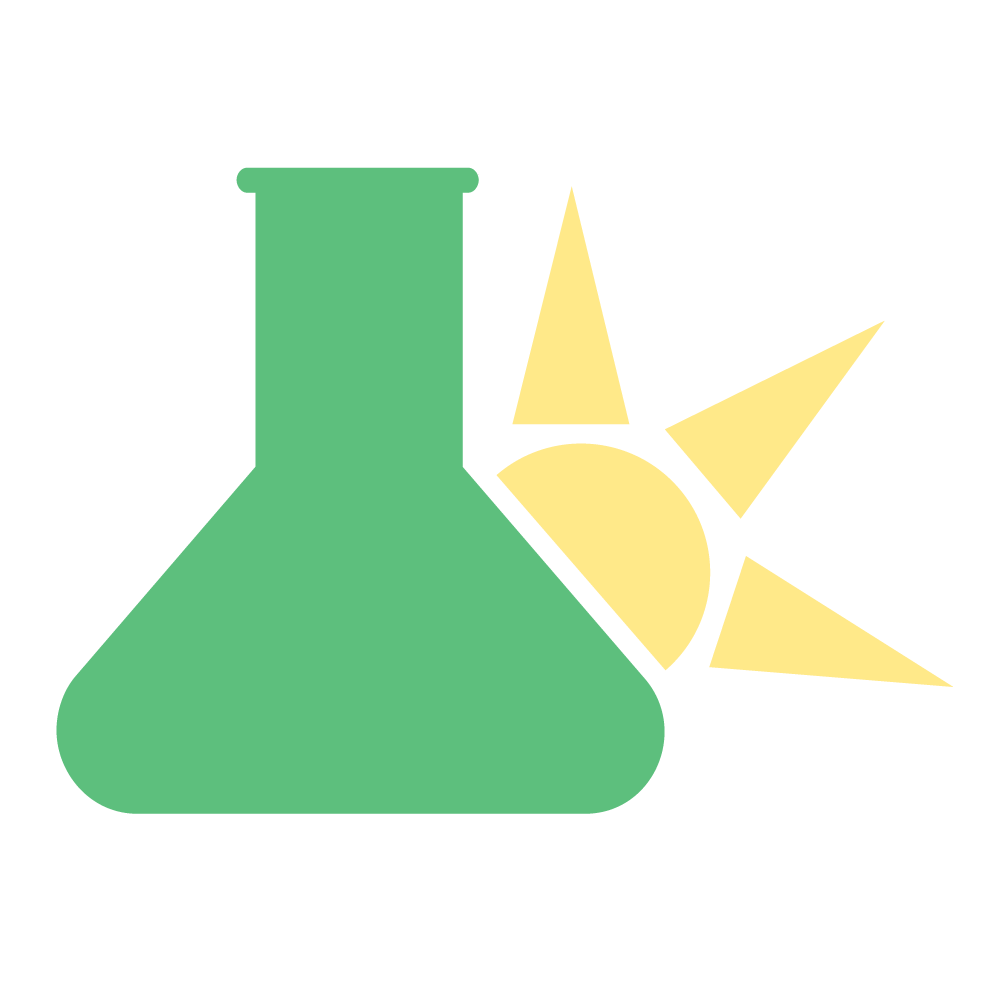Slippery elm bark is high in nutritious mucilage. It's great for treating all kinds of inflammation both inside and out. Internally, it can be used for conditions like...
Lavender (Lavandula angustifolia)
What is Lavender?
Lavender is one of the most famous herbs known to man. It's cultivated on a massive scale throughout Europe and North America and is a popular flavoring and aromatic agent for household products.
Medicinally lavender is best known for its ability to promote sleep. It's often sold as aromatherapy, in salves and creams, and incense for this purpose. Lavender is also great for internal use, where it interacts with the GABA system to produce relaxation and sleep.
Lavender essential oil can be used as a topical agent for insect bites, rashes, and infection.
What is Lavender Used For?
Lavender is mainly used in topical applications for rashes, skin irritations, mild infections, sunburn, and insect bites. Internally it's mainly used for anxiety-related conditions, GIT inflammation and discomfort, and insomnia.
Herb Details: Lavender
Herbal Actions:
- Analgesic (mild)
- Antibacterial
- Anti-cancer
- Anticonvulsant
- Antidepressant
- Antifungal
- Antioxidant
- Anxiolytic
- Antiparasitic
- Carminative
- Nervine Relaxant
- Neuroprotective
- Antispasmodic
Weekly Dose
- (1:2 Liquid Extract)
15–30 mL - View Dosage Chart
Part Used
- Leaves and flowers
Family Name
- Lamiaceae
Distribution
- Mediterranean and Southern Europe
Northern and Eastern Africa
Constituents of Interest
- Monoterpene Alcohols
- Athocyanins
Common Names
- Lavender
- Laventelit (Finland)
- English Lavender
Pregnancy
No adverse reactions expected.
Duration of Use
- This herb is generally regarded as safe for long term use.
Botanical Information
Lavender is a member of the mint family (Lamiaceae). In the genus Lavandula, there are approximately 47 species — most of which are perennials, or small shrubs.
There are a number of lavenders used medicinally
Lavandula angustifolia (English Lavender)
Lavandula stoechas (French Lavender)
Lavendula dentata (Spanish Lavender)
This list is disputed by many taxonomists, suggesting that French lavender may be Lavandula stoechas or Lavandula dentata, and that Spanish lavender could be either Lavandula dentata, or Lavandula lanata, or Lavandula dentata.
Clinical Applications Of Lavender:
Lavender is useful topically for female conditions including dysmenorrhoea and PMS due to its antispasmodic and analgesic effects. It's also useful topically for its anti-fungal and antibacterial effects. Internally lavender can be used for gastrointestinal complaints, including bloating, flatulence, and colic.
Lavender is a reliable nervine for its GABAergic activity. Additionally it has been shown to reverse the stimulating effects induced by caffeine, and inhibits acetylcholine release.
Cautions:
Lavender has been proven to be a very safe herb with a low incidence of adverse effects.
Avoid use with pharmaceutical sedatives due to the possibility of agonistic synergy.











As COVID-19 continues to spread around the world, we’re getting a lot of questions on what the potential role of herbal medicine is during the outbreak. Learn how the virus works and how to limit your chances of transmission.